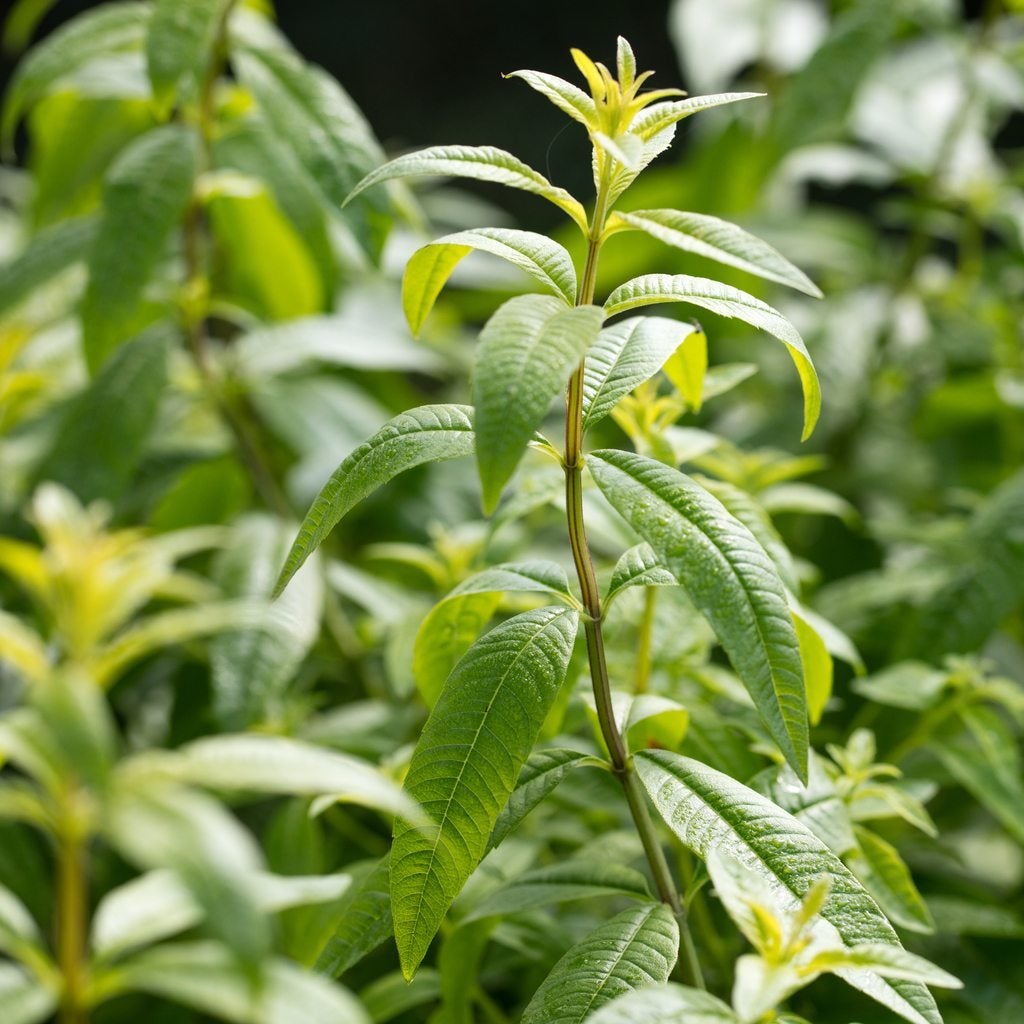Verbena Plant Information: Are Verbena And Lemon Verbena The Same Thing

You may have used lemon verbena in the kitchen and seen a plant labeled “verbena” in a garden center. You may also have encountered the essential oil known as “lemon verbena” or “verbena oil.” This might have you wondering “are verbena and lemon verbena the same?” Let’s look at some verbena plant information that should clear up any confusion.
Are Verbena and Lemon Verbena Different?
In short, lemon verbena is one of many plants that could be called a verbena. Around 1,200 species are in the Verbenaceae, or verbena plant family. The ones most commonly called verbenas are the roughly 250 species in the genus Verbena. Lemon verbena is a member of a different genus within the Verbenaceae; it’s classified as Aloysia triphylla. Ornamental members of the genus Verbena include common vervain (V. officinalis), purpletop vervain (V. bonariensis), slender vervain (V. rigida), and various verbena hybrids. Other members of the Verbenaceae family include ornamentals like lantana and duranta as well as culinary herbs like Lippia graveolens, commonly known as Mexican oregano.
Lemon Verbena Plant Information
Lemon verbena is sometimes grown in gardens as an ornamental, but its chief uses are as a scent, as a medicinal herb, and as a flavoring ingredient for alcoholic beverages and recipes. Essential oil extracted from lemon verbena is quite valuable in perfumery and aromatherapy, and it may be labeled “oil of lemon verbena” or simply “oil of verbena.” The leaves of lemon verbena are very aromatic and will release a lemony scent when rubbed. The leaves are used in both savory and sweet dishes as well as teas. They can also be dried and used to add fragrance around the house.
Verbena vs. Lemon Verbena
Like lemon verbena, various Verbena species have been used in herbal medicine and are used to make teas. There are also differences between lemon verbena and Verbena species. Most Verbena species are not aromatic, and some produce unpleasant smells when the leaves are crushed. Members of the Verbena genus are popular in ornamental gardening and are often very attractive to pollinators, including butterflies and hummingbirds. They can be upright or spreading, herbaceous or semi-woody, and annual or perennial.
Sign up for the Gardening Know How newsletter today and receive a free copy of our e-book "How to Grow Delicious Tomatoes".
Ilana Goldowitz Jimenez is a scientific and agricultural writer with a B.S. in Plant Sciences from Cornell University and a PhD in Chemical Biology and Infectious Disease from Harvard University.